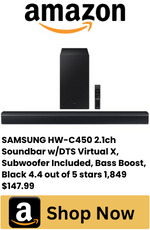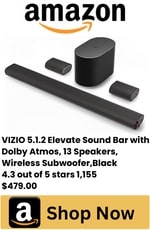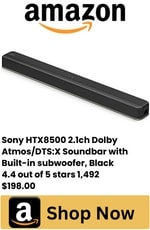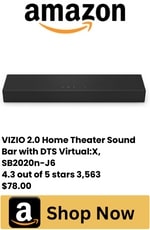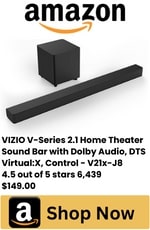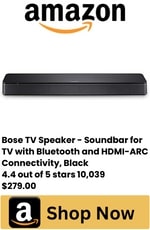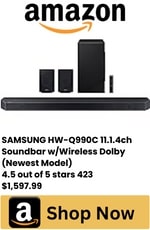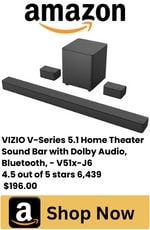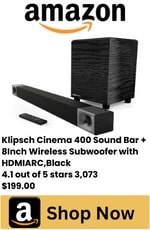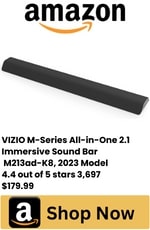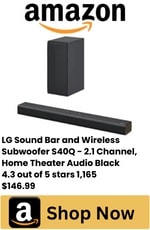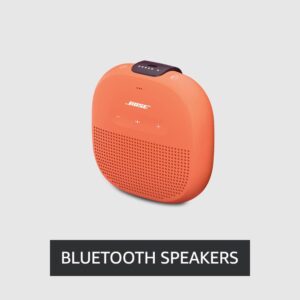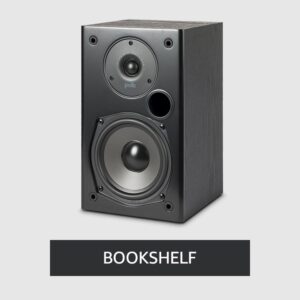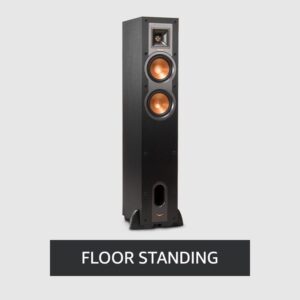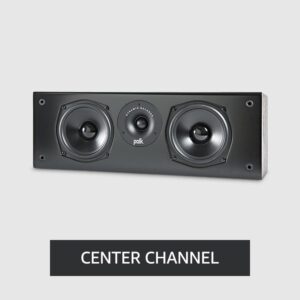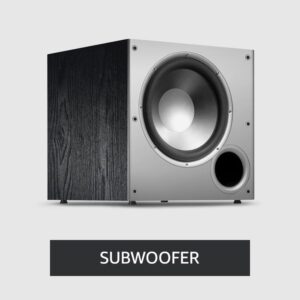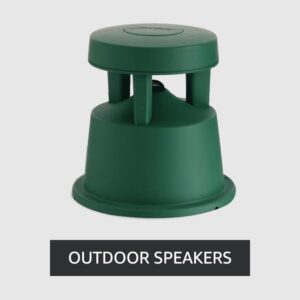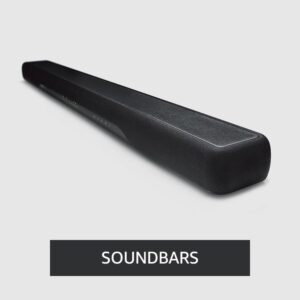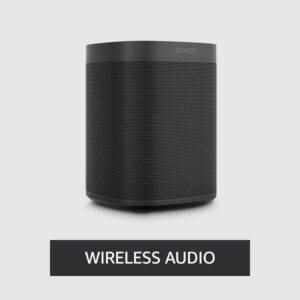IPX7 vs IP67 Explained | Which is Better?
In comparison to IP67, IPX7 defines a product as waterproof and submersible in water for 30 minutes in water of 1 meter depth. Due to its dust and waterproof properties, the IP67 rating is better than the IPX7. IP67 is also waterproof and can be water-submersed one meter deep for 30 minutes.
According to IPX7, the symbol “X” indicates that the device has not been tested for resistance to solid particles. While X has a maximum dust protection rating of “6” on IP67, what this rating means is that the device is fully dustproof. We don’t know what X will be in the IPX7 rating since the manufacturer hasn’t tested its devices.
What are the IP ratings?

An IP code stands for ingress protection rating are international standard that indicates how well the electrical enclosure seals. An IP code rating indicates how well the enclosure resists moisture intrusion and foreign bodies. Moisture and foreign bodies can sometimes cause effects on the device, and this IP rating describes how well the device handles these effects. The second digit in an IP rating signifies the degree of protection against moisture and water.
People are usually confused by the IPX7 and IP67 ratings. In this article, we will explain each one in detail.
IPX7 Ratings:
Rating IPX7 indicates the level of protection against water provided by the device. The digit 7 represents the powerful water resistance. The Ipx7 rating doesn’t provide a guarantee of protection against dust or solid particle protection
Waterproofing is extremely popular; many people believe it is because it signifies waterproofing. The device shows the state of water resistance when fully submerged in water up to one meter deep for 30 minutes. In addition, the device will operate effectively after another 30 minutes. The information is typically misunderstood, and people don’t pay attention to certain facts, but here we will discuss a few.
In the following section, you will encounter a variety of terms related to how water is protected in the electronic device enclosure you use. Generally, you will hear the terms waterproof, water resistant, and water-repellent. To know what level of protection you have, you must know the device you have.
These species are water-resistant, water-repellent, or hydrophobic because they do not enjoy the water. Getting wet is going to take a bit longer than normal. Further, hydrophobic has some similarities to hydrophobic but has a few differences. This pattern repels liquids more effectively than hydrophobic ones. As such, if your device implies waterproofing, it is fully protected against water intrusion; if any other term is mentioned, you should make sure it means the same thing. Some of the higher ip ratings are designed for specific conditions like IP69 is the highest protection IP. It is mostly used for such as high-pressure, high-temperature jets of water, making them suitable for certain industrial applications like food-grade tankers.
Advantages of IPX7
- Ideal Water Resistance: Withstands immersion in water up to 1 meter for 30 minutes, making it suitable for various water-related activities.
- Cost-Effective: Offers basic water protection, suitable for everyday scenarios like rain or poolside use.
- Simplified Design: Focuses solely on water resistance without the additional complexity of dust protection, making it a straightforward option.
Disadvantages of IPX7
- Limited Protection: Lacks specific dust or solid particle resistance, making devices vulnerable in dusty or dirty environments.
- Restricted Scope: Primarily focuses on water resistance, limiting its suitability for environments requiring comprehensive protection against multiple elements.
Related: IPX4 Vs IPX7
ip67 ratings
According to IP ratings, IP67 ratings represent the highest level of protection possible. IP67 provides excellent water and dust resistance to a device. Additionally, the device is protected against liquid ingress protection and water.
Of course, the level of emergency will determine the degree of protection. A developer will not be responsible for a flood of more than one meter of water if the level of emergency is higher. The enclosure also indicates that it would be suitable for use in areas with high pressure, high temperature water jets, and outdoor applications.
Currently, IP67 is considered to be the best rating for scientific instruments that have to withstand harsh weather conditions. IP67 has been considered for outdoor security systems generally because it has weather resistance to an extent.
Advantages of IP67 Ratings:
- Comprehensive Protection: Guards against both water immersion and dust, dirt, and sand ingress, ideal for outdoor and harsh environments.
- Versatile Use: Suitable for diverse settings, from scientific instruments to outdoor security systems, due to its robust weather resistance.
- Enhanced Durability: Provides a higher level of defense against environmental elements, ensuring reliability in challenging conditions.
Disadvantages of IP67 Ratings:
- Potentially Complex Design: The inclusion of dust and water resistance might result in slightly more complex device designs or manufacturing processes.
- Higher Cost: Devices with an IP67 rating may tend to be more expensive due to the additional comprehensive protection against water and dust.
IPX7 vs IP67 | Difference between ipx7 and ip67
difference between ipx7 and ip67 are water and dust tight (dust resistant) standards but are measured and defined differently. Here’s a comparison table of IPX7 vs IP67:
| Aspect | IPX7 | IP67 |
|---|---|---|
| Water Resistance | Can withstand immersion in water up to 1 meter for 30 minutes | Can withstand immersion in water up to 1 meter for 30 minutes |
| Dust Resistance | Not specified | Can resist the ingress of dust, dirt, and sand |
| Test Method | Tested by submerging the device in water | Tested by subjecting the device to a dust chamber |
| Additional Resistance | N/A | Can resist immersion in water for long periods or at greater depths |
| Certification Agency | International Electrotechnical Commission (IEC) | IEC |
In summary, while IPX7 and IP67 protect water immersion for up to 30 minutes, IP67 also protects against dust, dirt, and sand ingress. However, IPX7 does not have a dust resistance rating. Additionally, IP67 may offer higher water resistance for longer periods or at greater depths.
Which is better IPX7 Vs IP67

From our discussion above, it has been shown that IP67 is better than IPX7. It all depends on your requirements.
Suppose the product will be used only at home or in a clean environment without any dust. In that case, you may select the IPX7 version since it has a waterproof rating, can withstand water, and will never be exposed to dusty conditions.
Conversely, if you live in a dusty environment or intend to use that product in a dusty environment, it should be IP67-rated. Due to their ability to withstand various weather conditions, especially rain and dust, IP67 and IP68 are known as weather-proof products.
Those devices which must be used in extreme conditions should also be dustproof and waterproof. As well as being drop-proof, such devices should be able to resist damage if they are accidentally dropped from your hands.
Related: IPX8 vs IP68 rating
Conclusions
Hopefully, now you can better understand the ipx7 waterproof rating vs the ip67. It is better to buy IP67 if you need it, but it is unnecessary for most people. In the rain, in showers, on beaches and poolside, and in many other watery settings, IPX7 is ideal for water resistance rating electronic devices.
FAQs
1. What does IPX7 mean in terms of water resistance?
IPX7 indicates a device’s capability to withstand submersion in water ingress up to one meter deep for 30 minutes. However, it doesn’t guarantee protection against dust or solid particles.
2. How does IP67 differ from IPX7?
IP67 offers both water and dust resistance. Like IPX7, it can endure water submersion for 30 minutes at a one-meter depth, but it also protection against solids, dust particles, dirt, and sand ingress.
3. Can IPX7-rated devices resist dust or solid particles?
No, IPX7-rated devices are solely certified for water resistance and lack a specific dust resistance rating. They’re designed to endure water submersion but might not protect against dust intrusion.
4. Are all wireless earbuds waterproof?
Not all wireless earbuds are waterproof. Check the product’s specifications for IP ratings; some earbuds carry IPX4 or higher ratings, offering resistance against splashes or sweat.
5. Can I use my IPX7-rated smartphone underwater for photography?
While an IPX7 rating indicates water resistance, it’s generally advised not to intentionally submerge smartphones, even with IPX7 ratings, as these ratings are based on controlled conditions.
6. Which IP rating suits extreme conditions or harsh environments?
For extreme conditions, including high-pressure water jets or dusty surroundings, opting for IP67 or even higher-rated devices like IP68 ensures robust protection against dust and water resistance.

Author: Baqarrasheed
I know all about home theater items! I have been doing this for more than three years now. I am good with things like sound systems, TVs, projectors, and all that cool entertainment gear. I like to help folks by testing and talking about these gadgets on Hometheaterjournal. I want to make sure everyone can create an awesome entertainment setup at home without any confusion.
I write the creative content for HometheaterJournal.



